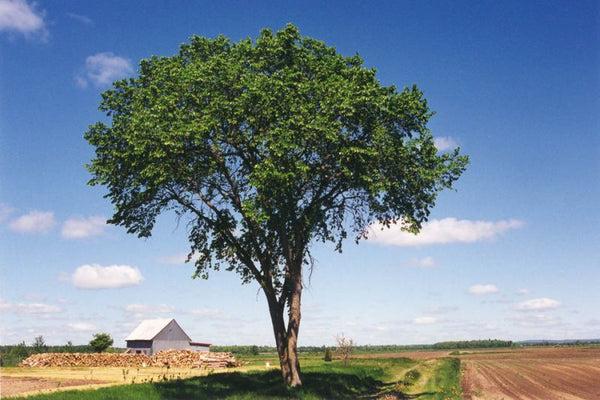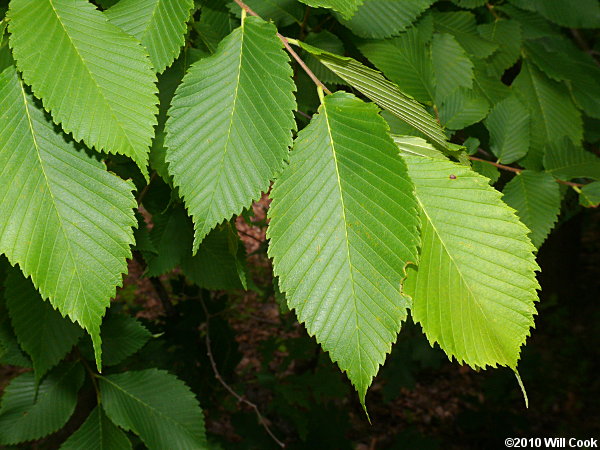American elm VALLEY FORGE (ulmus america)
Shipping calculated at checkout
Out of stock
Need more? Contact us
CULTIVAR Tested very resistant to Dutch elm disease. Rapid growth. Resists road salts, drought, poor soils and pollution.
The American elm or American elm (Ulmus americana) is an elm which grows notably in the Mississippi valley, in New England and in eastern Canada, up to approximately the 48th parallel. It is one of the largest hardwood trees in eastern North America, reaching 35 meters in height. It has an easy to identify, urn-shaped shape, with a long, slender trunk, even in the open field. It is one of the symbols of the State of Massachusetts in the United States of America. This species is also called white elm1.
The survival of the American elm is seriously threatened by Dutch elm disease, an infection by a myco-parasite originating in Europe and introduced in the 20th century in the United States, so much so that biologists expect to the imminent total disappearance of the species in its habitat. This parasite comes from Europe, where it has decimated native elm populations.
Conclusion
Although the fight against MHO is complex, that does not mean it is in vain. Indeed, most cities in North America which have implemented a rigorous program to combat MHO have succeeded in curbing its damage and, consequently, have preserved a good part of their elm populations. America. For cities that are hesitant to implement a control program because of the significant investments associated with it, remember that the sums associated with felling dead American elms and replacing them are also very significant. Despite the MHO, the cost of maintaining American elms is often lower than that of ash, linden or maple trees, which present a variety of roadside problems (anthracnose, trunk insects, tree intolerance). salt, pollutants, drought and soil compaction). Additionally, the ornamental value of mature American elms is
invaluable. One of the solutions to counter this disease would be to identify and plant American elms resistant to MHO. It is precisely for this purpose that researchers from the Canadian Forest Service
Natural Resources Canada, working at the Laurentides Forestry Center located in Sainte-Foy (Quebec), study the defense mechanisms of trees against diseases. Among other things, we discovered that compartmentalization constitutes one of the strategies of plants to thwart infection. The plant modifies the cell walls located around the infected area to wall off the pathogen. In American elm, defense reactions against MHO more particularly involve cellular modifications linked to compartmentalization. Continuing work on compartmentalization and other tree defense mechanisms should make it possible to determine how certain trees manage to effectively fight disease. Then, by identifying which American elms manage to quickly and effectively confine infected tissues, researchers would then be able to select lines resistant to MHO. Urban landscapes could then once again be embellished with this essence with its majestic silhouette. It should be noted that lines of trees offering good resistance to the disease have been
produced in the United States and Europe, but they do not have the typical elm habit
from America



